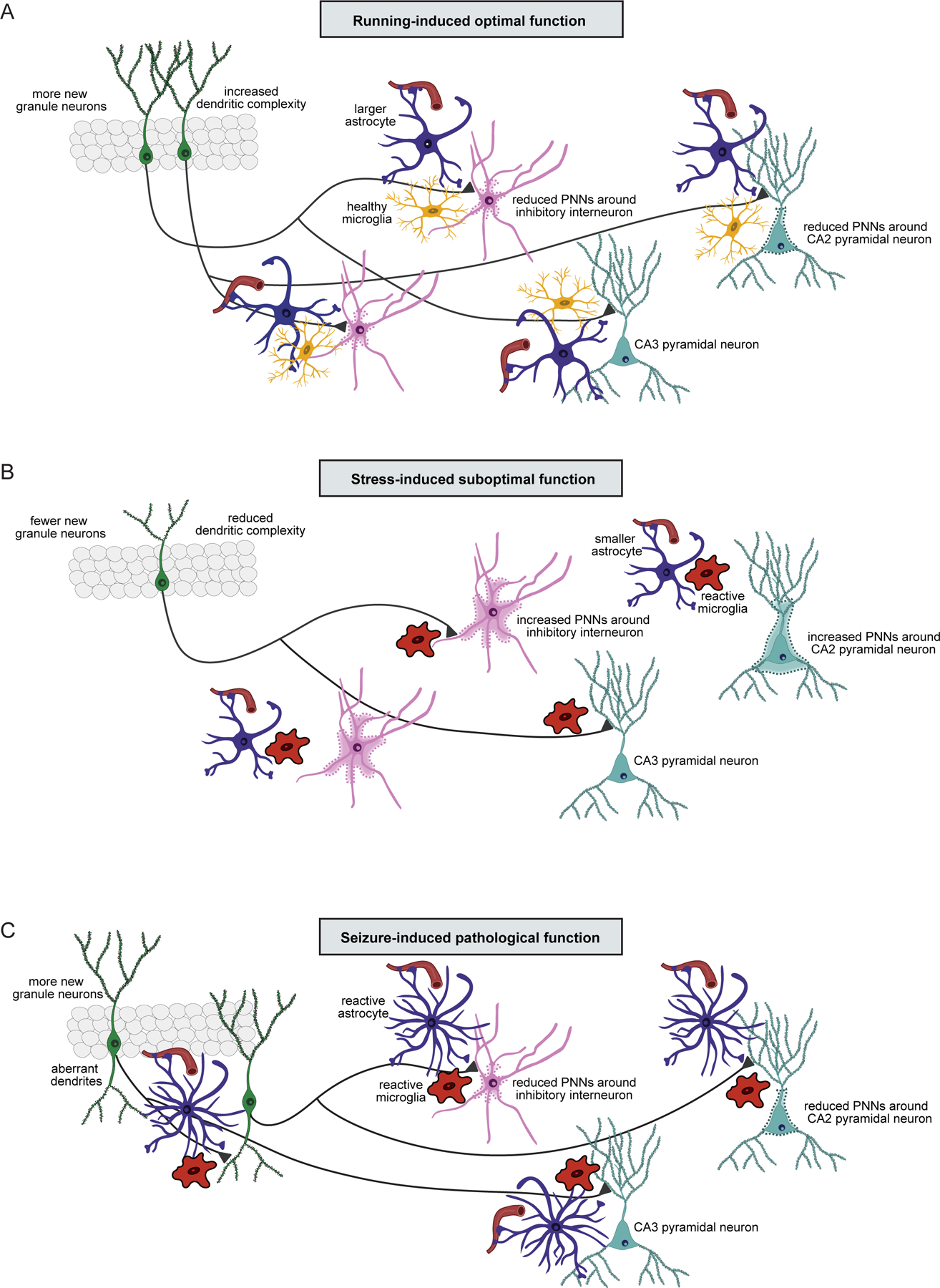Figure 4. Models of new neuron connectivity under optimal, suboptimal, and pathologically dysfunctional states.

(A) Long-term physical exercise improves cognitive function and reduces anxiety. Optimization of hippocampus function may be achieved through the stimulation of adult neurogenesis, with the production of more new granule cells, each with more extensive dendritic trees and increased numbers of dendritic spines. New granule neurons form more connections with their targets, including inhibitory interneurons and CA2/CA3 pyramidal cells. Reduced PNNs along with healthy glial cells surrounding new synapses promote healthy new granule neuron connections to their target cells. (B) Chronic stress diminishes cognitive function and increases anxiety. Suboptimal function of the hippocampus occurs as a result of suppressed adult neurogenesis, with the production of fewer new granule cells, each with stunted dendritic trees and reduced numbers of dendritic spines. Stress-induced increases in PNNs along with alterations in glial cells (fewer astrocytes and reactive microglia) prevent healthy new granule neuron connections to their target cells. (C) Seizures significantly impair cognitive function and increase anxiety. Pathological function of the hippocampus results from the paradoxical production of more new granule neurons, each with with more extensive dendritic branching and increased numbers of dendritic spines. These new neurons are in ectopic locations and often have an aberrant basal dendritic tree extending into the hilus. These abnormalities impair integration by causing recurrent excitatory connections with other new granule neurons. Reduced PNNs along with reactive astrocytes and reactive microglia prevent the formation of healthy connections between new neurons and their target cells.
